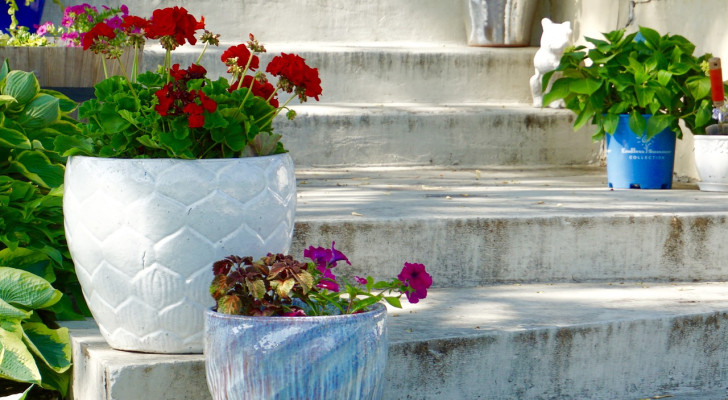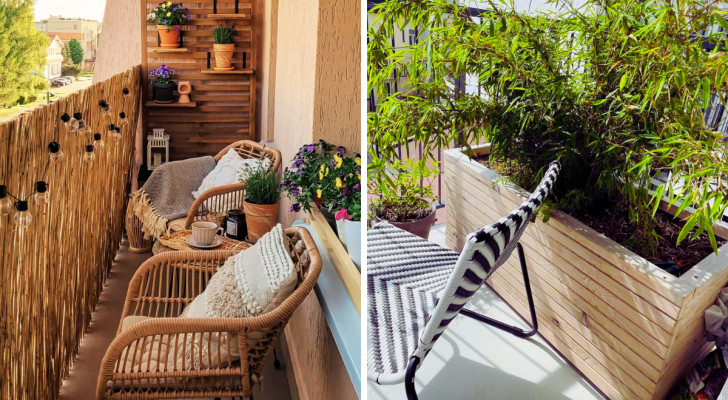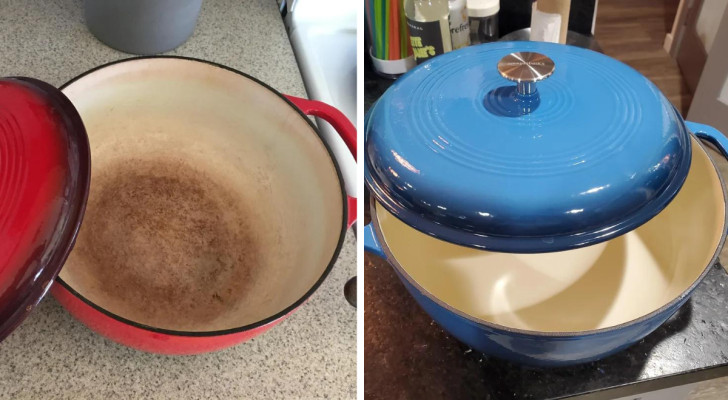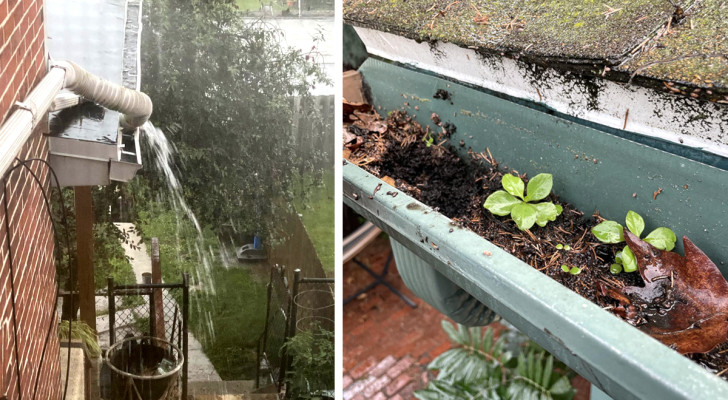How to grow delicious strawberries at home, even better than those in the supermarket

Strawberries are among the fruits of which you can go more gluttonous: they are good on their own, transformed into jam, used in fruit salads and to flavour (and garnish!) Many types of desserts. They are grown in many parts of the world, which is why there are numerous varieties to choose from.
From spring until summer, the fruit and vegetable departments of markets and supermarkets begin to crowd, but those bought are not always as sweet and tasty as we would like. However, if we have a balcony or a corner of the garden exposed to the sun we can easily grow them alone and, with due care, we will have really delicious fruits.
via gardenweb
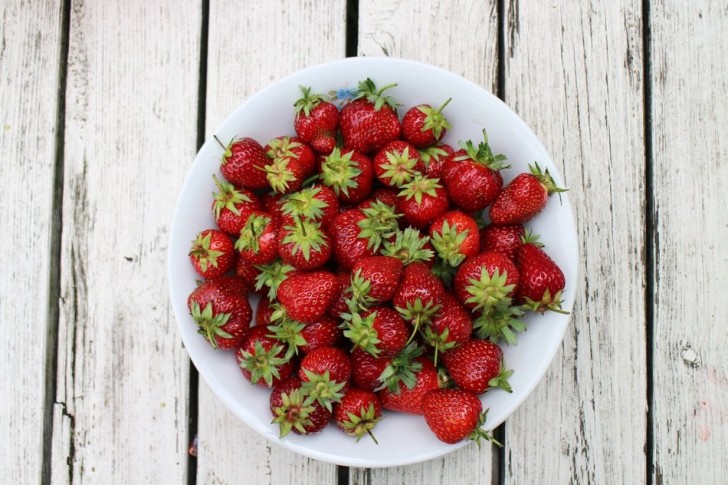
Which to choose?
Choosing the best variety depends on where you are: in every country and continent there are typical varieties (some are real local specialties), but just do a quick search on the net or even go to nurseries to find the seedlings to bring. at home. It is always good to start growing with very young plants, because strawberries tend to lose vigor and productivity over the years, so also avoid gifts, unless you are sure of the quality of the plant you are receiving.
Exposure, land and planting
Strawberries love the sun, so arrange your planters or choose a spot on the ground that is exposed to at least 6 hours of direct sun per day.
As for the soil, it must be rich and loose, i.e. not too compact, to ensure good water drainage. When planting in the ground, then work the soil to 20-30 cm deep, mixing with compost or even manure, and in that loose and enriched soil arrange the seedlings. If, on the other hand, you put them in a vase or planter, make sure they are wide enough, to grow the branches that stretch out on the ground without restrictions and that they have enough holes to let the water out. If they are not there, create them yourself with the help of awls or a drill depending on the type of material. The root system of strawberries is quite contained, so there is no need for excessively deep vessels.
Strawberries should be planted in early spring, keeping the plants in rows about a meter or so apart from each other, while a distance of 60 cm should be kept between each plant in the row. This distance will allow the shoots of each plant to stretch over the ground and, where they touch the ground, they will produce roots giving life to new seedlings that will fill the row. Strawberries, in fact, tend to have a ground cover habit.
Pruning
Strawberries must be pruned every year, and also in a very decisive way, as soon as the harvest period ends (therefore generally at the end of summer). If they are planted in the ground, you can also venture to pass the lawnmower over the bushes, but raise the blade so that it leaves at least 10 cm stems. If, on the other hand, you proceed by hand, use scissors with sterilized blades and cut the branches at a height of 3-5 cm.
During the whole vegetation period, remember to remove the weeds, and also do so during the end of season pruning. At this time, then, in addition to eliminating the cut parts, also recover any small seedlings born along the branches that have come out of the pots or that go to fill the furrow between the rows, and transplant them into new pots or to fill the rows themselves. It is also a good time to give a very light dose of fertilizer one last time.
Those who want to have really robust and vigorous plants can try a practice that involves a small sacrifice: if in fact the first year you remove all the flowers from the plants, this will stimulate each specimen to develop a stronger root system, but it will also mean enjoying the strawberries alone. from the second year onwards. Maybe, if you have planted a lot of them, you can only try this system with a few plants.

Mulch
To help keep weeds at bay, you can use straw as mulch by spreading it on the ground around the plants. This coverage will also have the additional advantage of keeping the soil moist for longer, while avoiding water stagnation that is harmful to the roots and the collar of the plants.
However, we must remember to stir up the straw every now and then: in fact, snails can creep underneath. If you start to notice a lot of them, buy a specific repellent.
Irrigation
From the moment the flowers begin to sprout and especially during fruit production, plants that are continuously exposed to the sun must be regularly helped with water, but not in excess: the soil must be moist but not wet (if you see which remains muddy, wait for it to dry before giving more water), so generally two or three times a week during flowering and fruiting periods should be more than enough, on average. For vases, on the other hand, which heat up much more, it is necessary to check every day and always keep it slightly moist.
Especially during the fruiting season, if you wait too long and let the soil stay completely dry for a full day or two, strawberries are likely to wilt on the plant instead of ripening. You could help yourself with an automatic drip irrigation system, with a timer.
However, if the soil of the garden or vegetable garden is naturally rich in clay, then it will automatically be more capable of retaining water, so you must be careful not to overwater it. Again, the rule is no mud, only wet soil.
Fertilizer
If you guarantee all the conditions indicated, strawberries do not need too much help. However, it may be useful to administer a fertilizer 6 weeks after planting. Specific products based on ammonium sulphate will be needed, or organic fertilizers in concentrated form such as those based on meat bone meal, fish bones or feather meal (20 grams per 10 square meters will be needed). There are also fertilizers designed for strawberries and other berries, sold by nurseries and online stores. In any case, the soil must be watered immediately after the fertilizer is administered, to help spread it among the roots.
If the plant has green leaves and turgid branches, you will not have to go back to fertilizing, while you could help it again if you see that the leaves are light and the plant seems to lose vigor, but wait at least a couple of weeks.
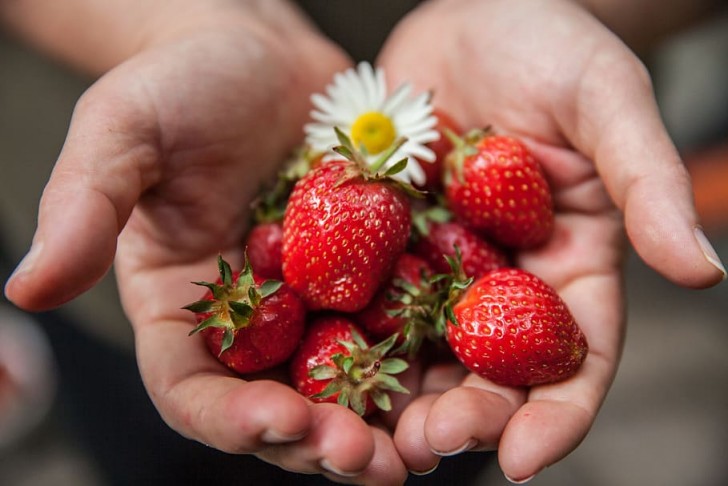
What to do with potted plants during the winter?
If you want to continue to keep the same plants, you will have to prune them anyway at the end of the summer and continue to irrigate, in a more spaced out way over time, during the autumn. At the end of November, move the pots to a place that is sheltered, but not warm. A garage, a shed, a covered corner of the balcony will do. The plants will enter a dormant period, but they will need some water in case the humidity of the night is not enough (so check the soil once every 7-10 days to keep it from drying out, but always be careful not to overdo it).
As soon as there is no longer any danger of night frosts (so sometimes you have to wait for spring to be late enough), put the pots back in the sunny spot of the previous year and they should start again without problems.
If, on the other hand, you do not want to follow them in this way, or they die during the cold season, before reusing the vase you will have to empty it completely, wash it and disinfect it well.
When to pick strawberries
Always inquire about the quality you are growing - they have different flowering and harvesting periods. Many are harvested between May and June, and typically over a period of 3 weeks. But some varieties are early, others late and still others can produce strawberries throughout the warm season. In the latter case, however, you will notice that they will bear more fruit in the spring, and a little less during the summer. They could go back to being full of fruit, however, at the end of summer or early autumn (and for these varieties, then, the pruning issue shifts by a few weeks). Still others have a more moderate but continuous fruit production, which stops only with the first autumn frosts.
However, there is a way to understand when the fruits will arrive: from when the flowers begin to bloom, in fact, you generally have to wait 4 or 6 weeks on average.
Collect only those that have turned all red, if you see that there are white areas or even worse green, wait until the next day. To collect them do not tear them, but use scissors (always better if you have sterilized the blades before). Furthermore, during the fruiting period, it is good to check the plants every day, so as to avoid that the strawberries become too ripe before picking them.
Ready to grow your own strawberries at home?
